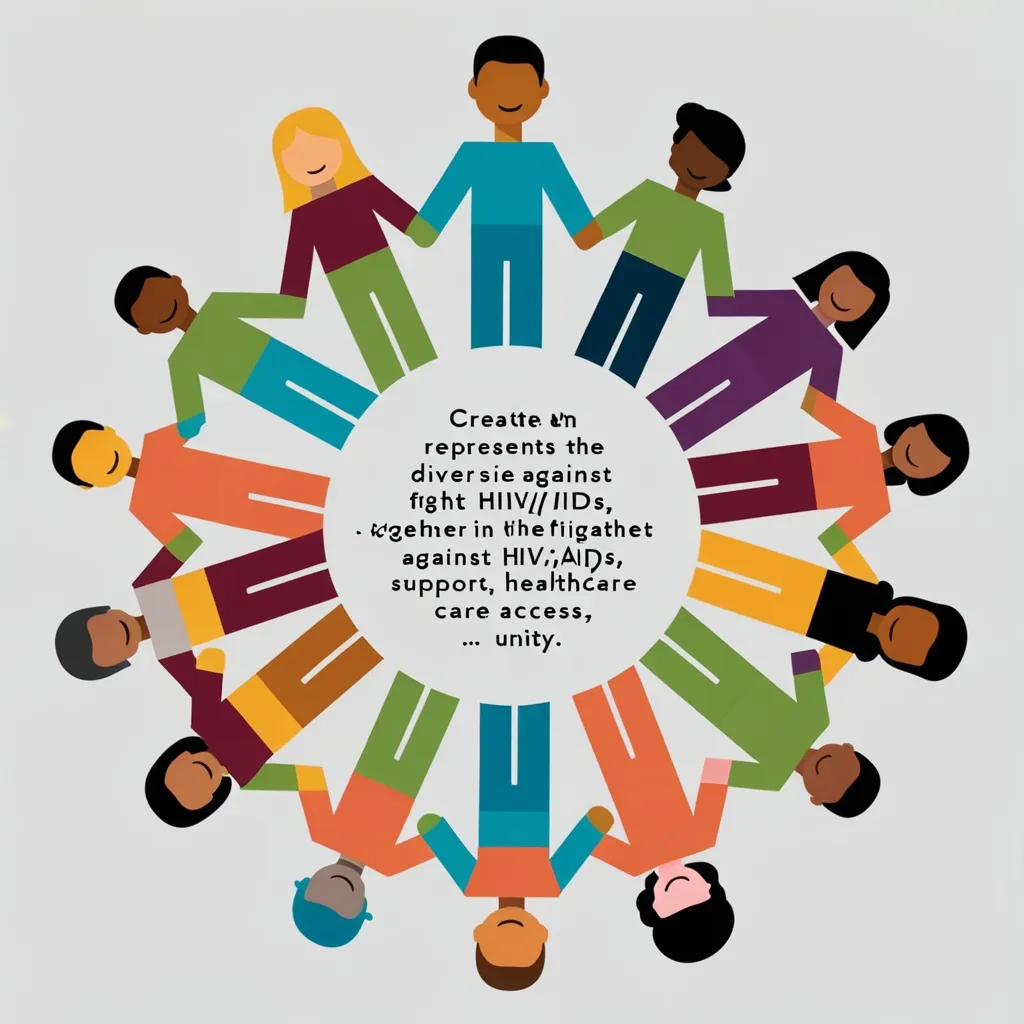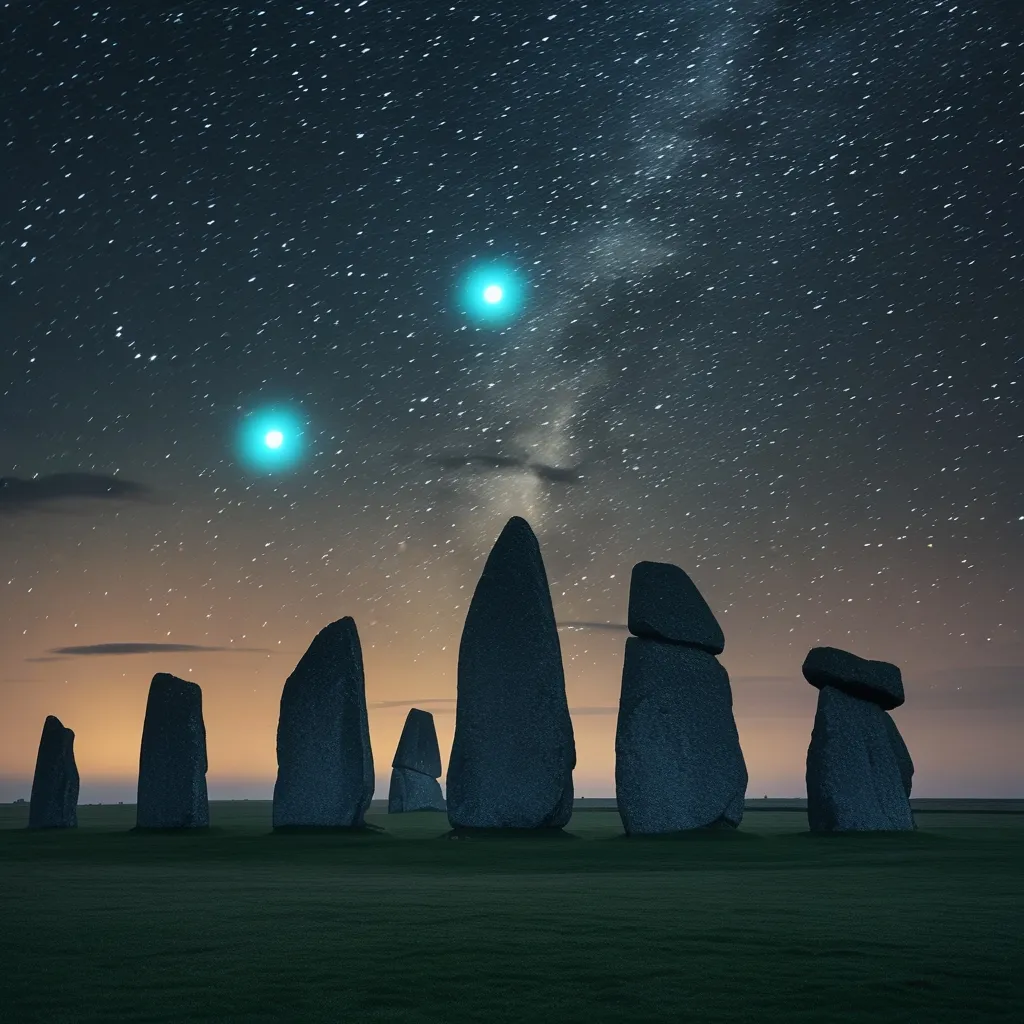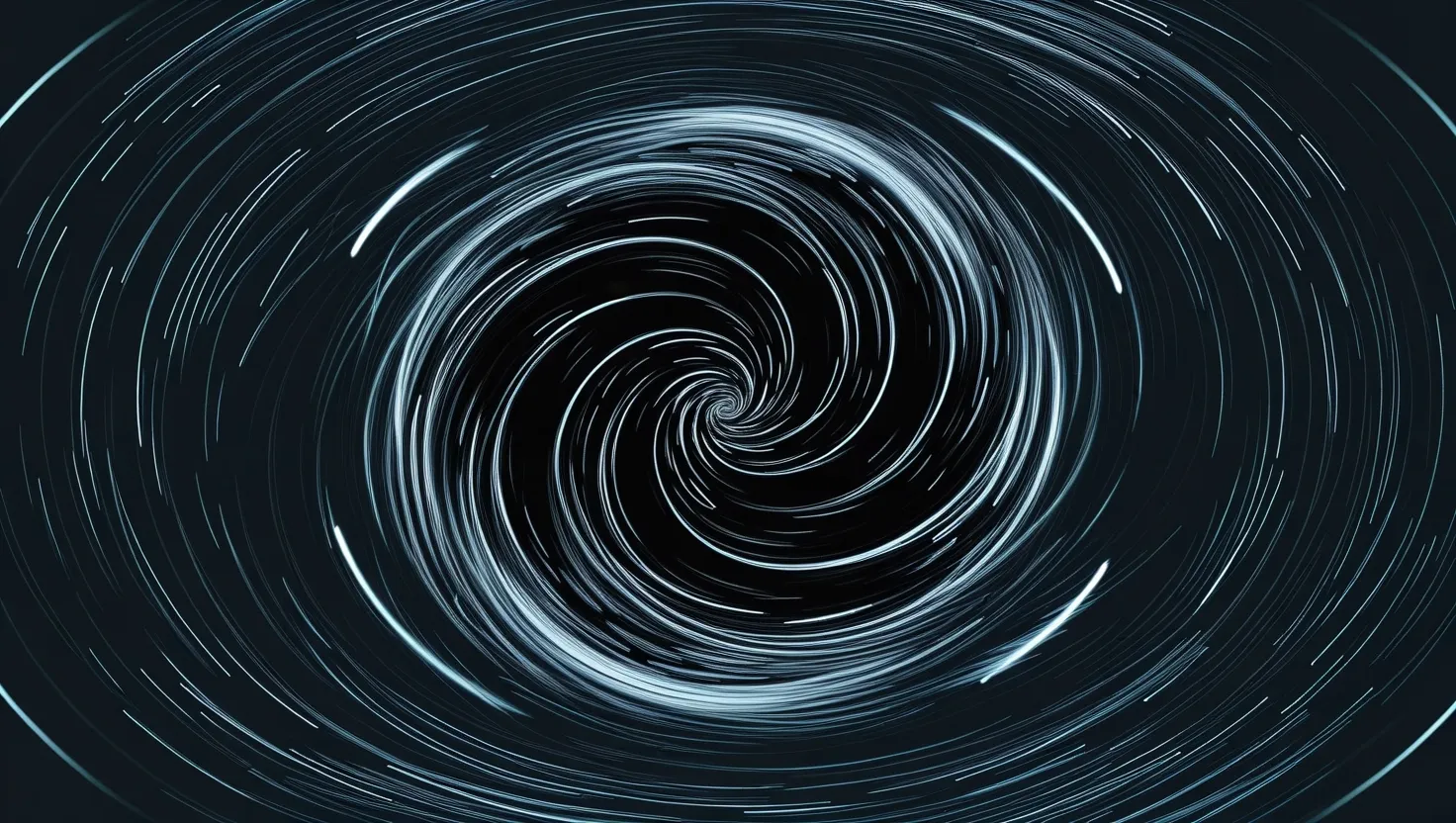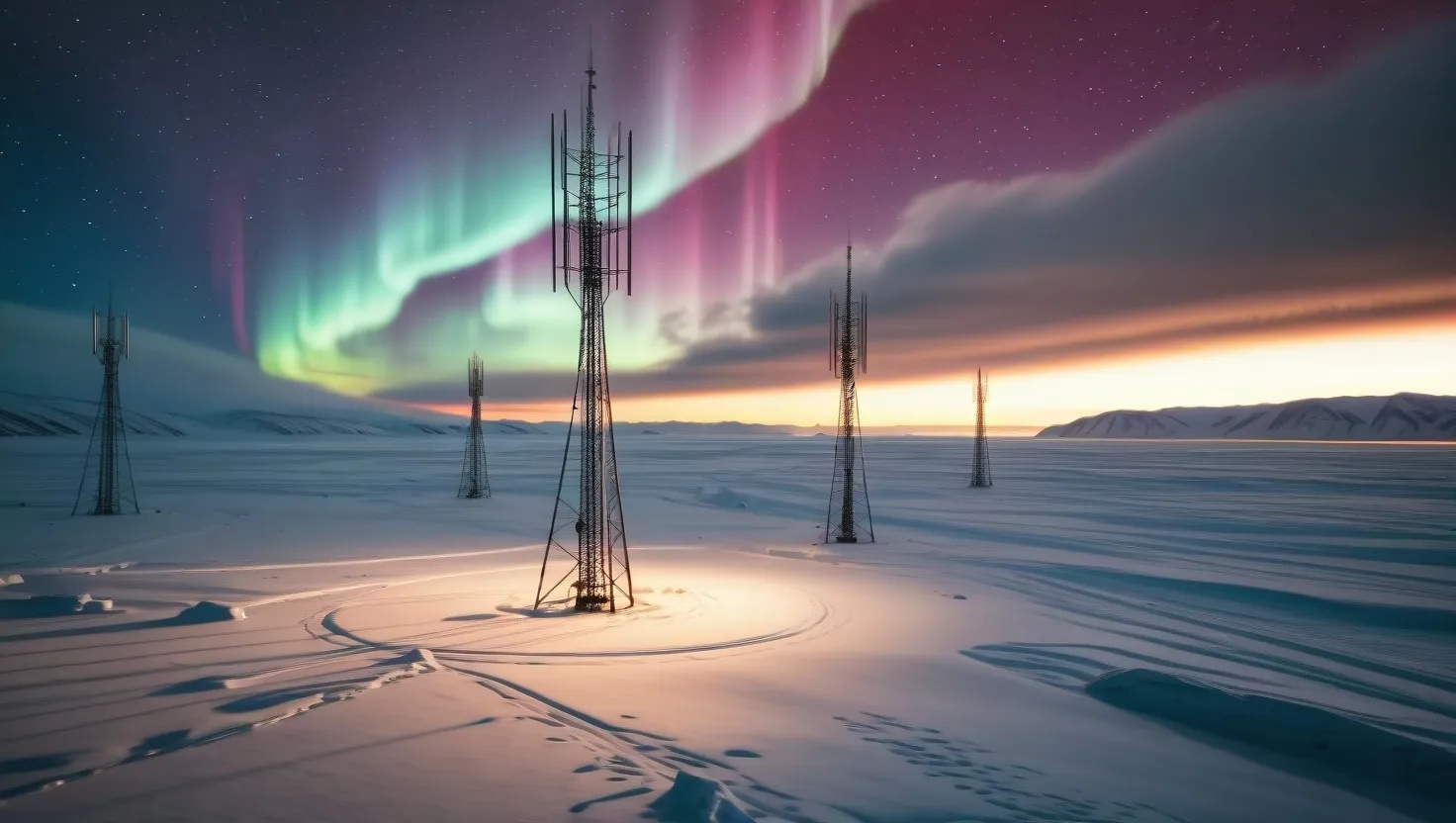For ages, the idea that the Earth is flat has intrigued many. Despite clear scientific proof that it isn’t, some people still believe in this old theory. So, what makes folks cling to this belief and what does it say about us?
Long ago, the flat Earth idea wasn’t so crazy. Without the tools we have today, people couldn’t see the Earth’s curve. The horizon seemed endless. Civilizations like the Egyptians and Mesopotamians thought of the Earth as a flat disk floating on water. It was the Greeks who first argued otherwise, with thinkers like Pythagoras and Aristotle showing evidence for a round Earth.
Jump to the 19th century, and this flat Earth notion popped back up. English writer Samuel Rowbotham published “Zetetic Astronomy,” claiming the Earth was flat. This attracted some who felt uneasy about fast scientific advancements. Later, the Flat Earth Society started in the 1950s and kept the idea alive, though it stayed pretty fringe.
Nowadays, the flat Earth theory has found new life through social media. Sites like YouTube, Facebook, and Twitter let anyone share their views widely, even if they’re untrue. Big names have even joined in, drawing massive followings. Misleading info can spread fast online, often without any fact-checking.
So why do some still believe the Earth is flat? A big reason is mistrust of official scientific sources. Many flat earthers think governments and scientific bodies are hiding the truth. They also find a sense of belonging with others who share their views. Social media helps these groups connect and grow.
Another issue is how information gets presented. Flat earthers use complex arguments that can be tough to debunk. They might say the Earth is an endless plane moving upward at 9.8 m/s², which would explain why we don’t feel any motion. For those not well-versed in science, these points can seem convincing.
Even though the flat Earth belief has made a comeback, it’s still on the edge of mainstream thought. Most people know the Earth is round, backed by clear evidence from space missions, satellite photos, and scientific studies. The flat Earth idea is often tagged as a conspiracy theory, with believers accusing officials of hiding the true shape of the Earth.
The ongoing belief in a flat Earth shows how we handle info today. With anyone able to publish anything online, misinformation spreads easily. This situation underscores the need for critical thinking and checking facts through reliable sources.
In short, the flat Earth belief is an interesting aspect of human curiosity and skepticism. While it may seem outlandish, it shows the influence of social media and the importance of thinking critically in our digital era.






